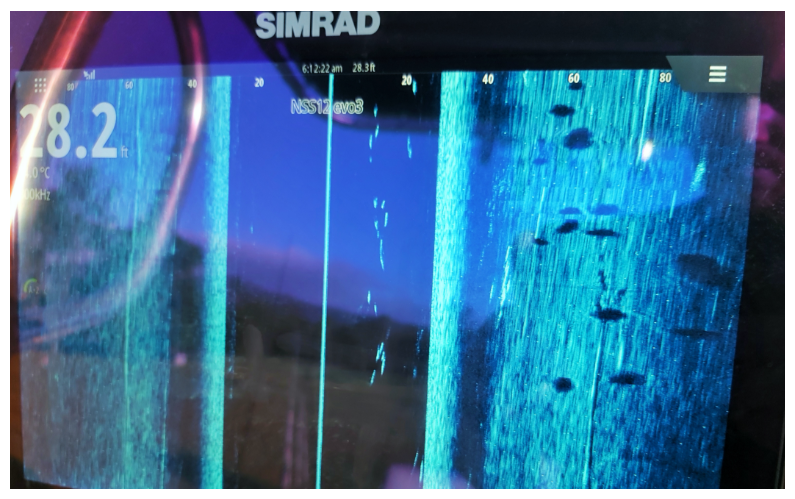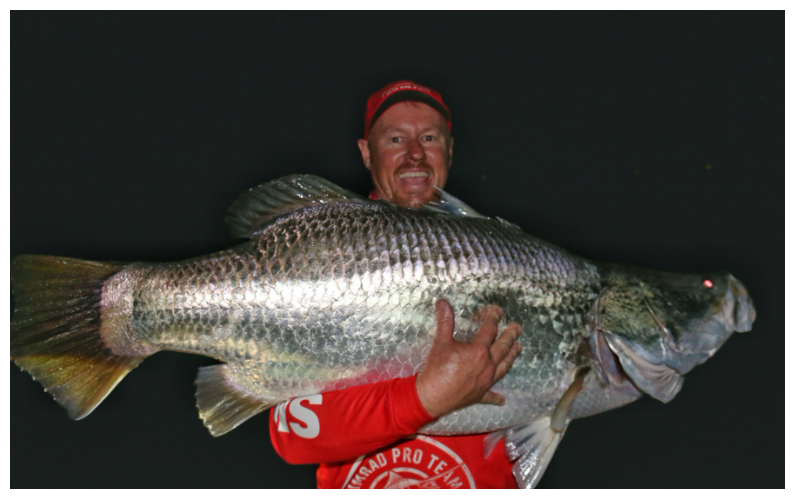
The biggest Barramundi in over a decade
Fisho, Jason Ehrlich, shares a one-of-a-kind story with us, making himself a bit of a fishing legend, let's see what a little work, a lot of wisdom, and the right fishing gear can get you
The biggest Barramundi in over a decade
“This 125cm barramundi has set a new record for Callide Dam. It’s the biggest by far from the southern barra lakes since the big floods. Long-story-short: the bigger fish in the Callide Dam were lost in the floods a decade ago, but they are starting to reappear. Finding barramundi when they are roaming in a big open paddock is no easy feat.
Here are a few tips on how to locate them faster and then catch them using your Simrad® sounder:

I run an NSSevo3 12-inch Simrad® and use the 3-in-1 Active Imaging™ transducer. I set the side image to 800 kHz most of the time, but will also use 455 KHz to scan extra wide (60-80m either side). This will show the shadows of barra that other guys miss in the deeper water over 10 meters.
To confirm that they are barra, I do a closer run through the fishy area scanning with 800 kHz brought back into 40m on either side. A lot of the actual returns can be confusing due to the amount of bait present in the lake. You, therefore, rely on the darker shadows of fish to be sure you are in the right area.
The shadows won’t always be perfect barra shapes when you are moving. They are, however, a neat and darker shadow than the dense schools of bait. When you stop to fish them, expect the fish shapes to appear.
In the deep water, I fish not only in the shadows but more importantly, the wider returns of fish that are too far out to make a shadow. These fish tend to bite better, and I find most bites come in the first half of the retrieve. Any fish closer to and under the boat are stubborn to get a bite out of. For me, this still makes ‘Side Image’ the number one technology for spotting wider fish and getting more bites”.
Nice work Hot Bite Fishing!

















